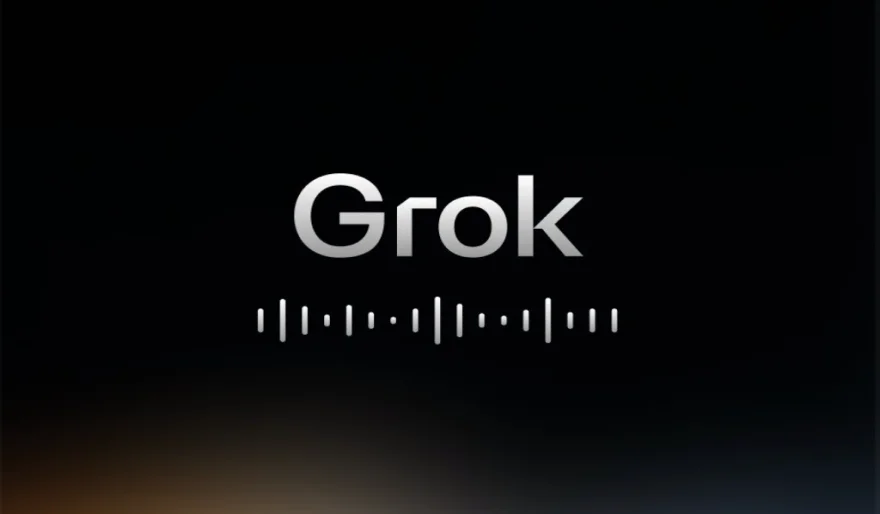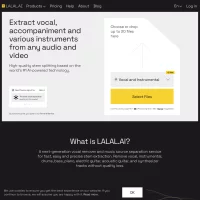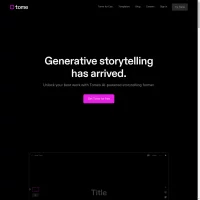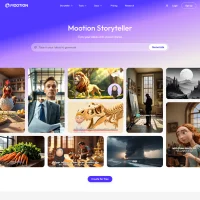Stay Ahead of the Curve
Latest AI news, expert analysis, bold opinions, and key trends — delivered to your inbox.
XAI Launches Grok 3 Voice Mode: A Voice Assistant
5 min read Grok 3’s voice mode launched in early beta on Feb 20, 2025—offering AI-powered, customizable voices, but only for X Premium+ ($40) & SuperGrok ($30) subscribers. Users love its fun features but criticize its weak memory & limited depth. Promising, but still a work in progress. February 24, 2025 15:56
XAI Launches Grok 3 Voice Mode: A Voice Assistant.
Key Points:
- Launch & Availability: Grok 3’s voice mode entered early beta on February 20, 2025, offering AI-powered voice interaction.
- Access & Pricing: The feature is exclusive to X Premium+ ($40/month) and SuperGrok ($30/month) subscribers, with no free access.
- Features: Includes customizable voices, with options like “unhinged mode” for entertainment, and capabilities such as transcriptions and background operation.
Launch and Rollout Overview
Grok 3, developed by xAI under Elon Musk's leadership, introduced its voice mode in early beta on February 20, 2025. This feature allows users to interact with the AI through spoken commands, receiving vocal responses aimed at enhancing user engagement. However, it remains behind a paywall, accessible only to X Premium+ and SuperGrok subscribers.
Subscription Model
The pricing structure for access to Grok 3’s voice mode has been a key discussion point. X Premium+ ($40/month) and SuperGrok ($30/month) subscriptions grant users early access to advanced features, including DeepSearch and unlimited image generation. While some users appreciate the exclusivity, others have questioned whether such features should be more widely available.
Features and Functionality
The voice mode offers customizable voices, enabling users to change the AI’s personality for different conversational experiences. One notable feature is the “unhinged mode,” designed for humorous interactions. Additionally, the voice mode can transcribe audio, share transcriptions, and operate in the background. TestingCatalog noted early beta testers experiencing singing and laughing responses, with the potential for more voice options in future updates.
Market Positioning
Compared to AI models like ChatGPT and Gemini, Grok 3’s voice mode is positioned as a competitor with claims of superior performance in areas like math, science, and coding. xAI’s investment in a large-scale data center in Memphis signals a push for increased computational power to enhance its capabilities.
User Reactions: A Mixed Reception
The launch of Grok 3’s voice mode has elicited both praise and criticism, reflecting a range of perspectives.
Positive Feedback:
- Innovation & Engagement: Some users have expressed enthusiasm about the natural feel of the voice mode, comparing it to AI from movies like Her.
- Unique Features: Many users appreciate the customizable personalities and fun aspects, particularly Musk’s push for engaging AI interactions.
- Potential for Growth: Fans believe that while not perfect, Grok 3’s voice mode presents exciting possibilities for AI-human interaction.
Critical Feedback:
- Technical Limitations: Some users have reported issues with contextual memory, stating that the AI forgets conversation flow quickly and lacks deeper engagement.
- Beta-Stage Constraints: Acknowledging the early beta phase, users have described inconsistencies in its performance, with Musk himself admitting it’s still developing.
- Comparisons to Competitors: Some feel it falls short of ChatGPT’s voice mode, particularly in terms of naturalness and fluidity of responses.
General Sentiment
The reception of Grok 3’s voice mode is divided, with some users impressed by its potential and others critical of its current limitations. While the customization features have been well received, concerns about pricing, memory retention, and conversational depth remain prominent.
Ultimately, as Grok 3 continues to evolve, expectations are high for future updates to refine its performance and usability. The coming months will determine whether it can truly challenge existing AI voice assistants in both functionality and user experience.



















 AI Agents
AI Agents